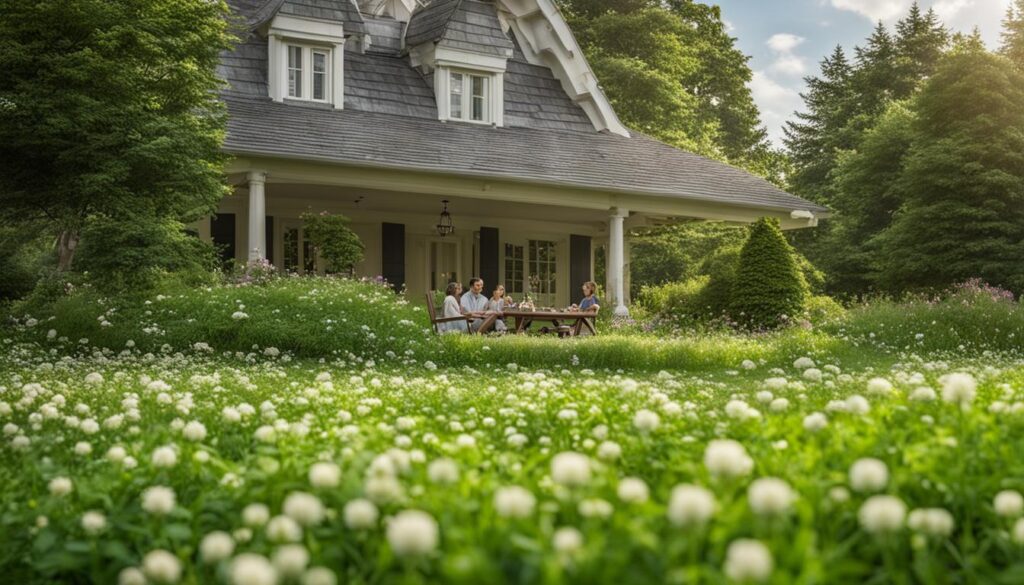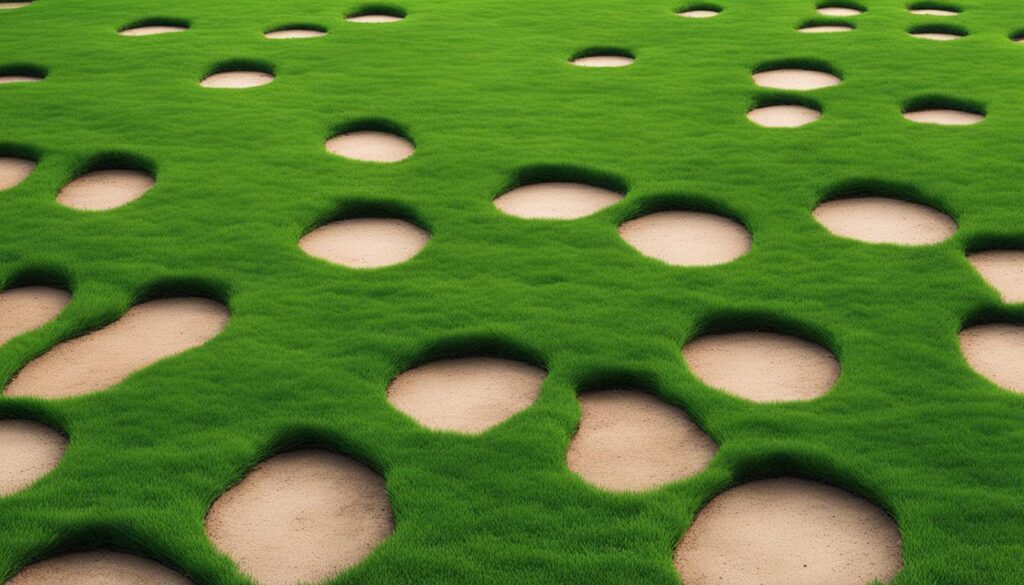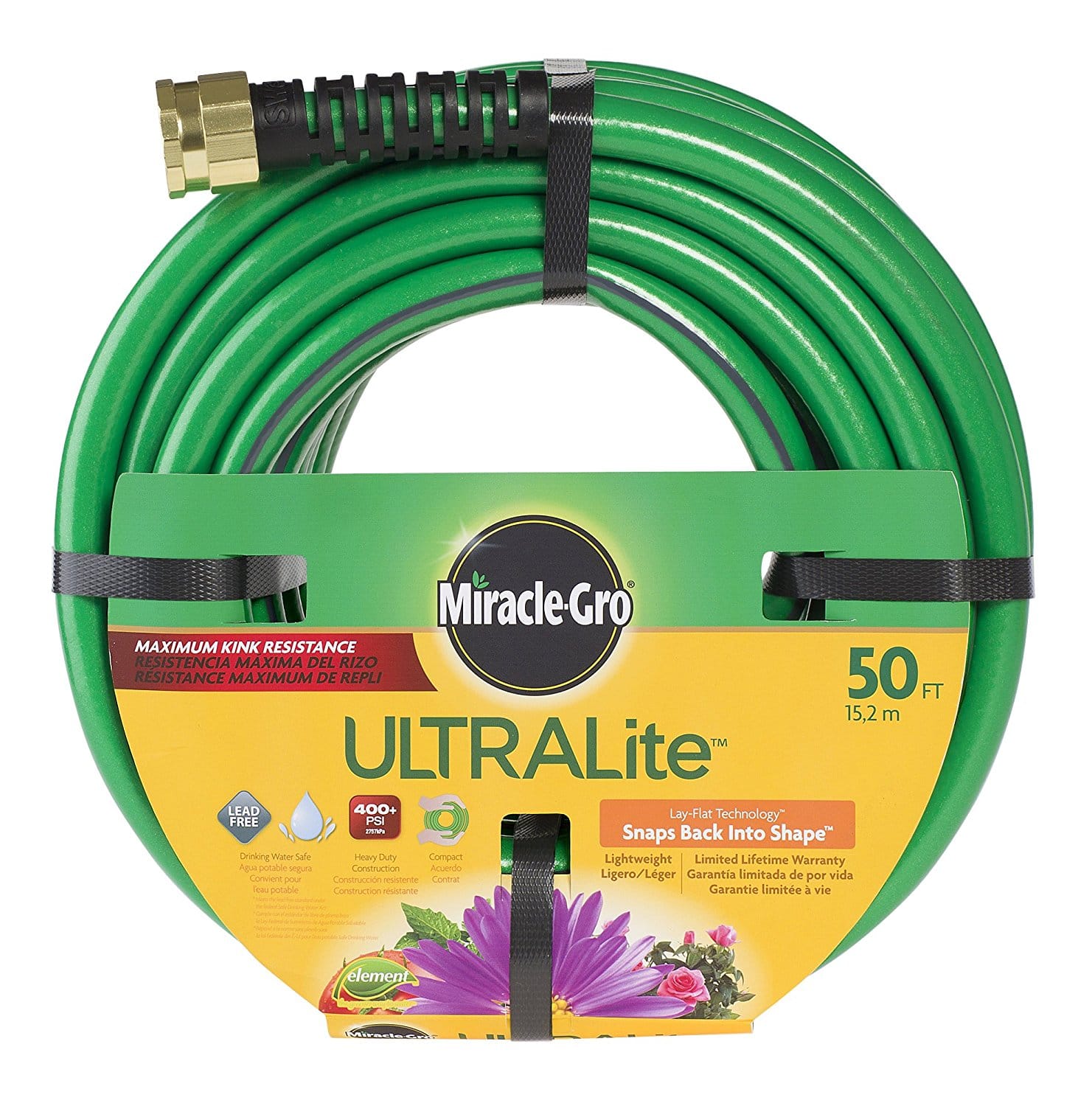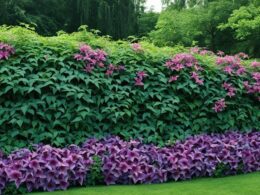Welcome to our quick guide on micro-clover lawns! If you’re considering an alternative to traditional grass lawns, micro-clover might be the perfect choice for you. In this article, we’ll explore the pros and cons of micro-clover lawns to help you make an informed decision for your yard.
What is Microclover and Why is it Good for Your Lawn?
Microclover is a small white clover variety that can be used as a ground cover in lawns. It’s a popular choice among homeowners for its ability to mix seamlessly with different types of grass lawns, creating a uniform appearance without crowding out the turfgrass. This unique characteristic makes it an ideal option for those who desire the beauty of a well-maintained lawn while enjoying the benefits of a groundcover.
One of the key advantages of microclover is its disease and pest resistance. By incorporating microclover into your lawn, you can significantly reduce the risk of common lawn issues, such as fungal diseases and invasive pests. This not only saves you time and effort on lawn maintenance but also promotes a healthier lawn ecosystem.
Microclover is known for its low-maintenance nature, making it an excellent choice for homeowners who want to minimize lawn care. It requires less watering and fertilization compared to traditional grass lawns. Additionally, microclover’s ability to fix atmospheric nitrogen helps fertilize other plants in your lawn, contributing to their overall health and vitality.
Another notable benefit of microclover is its ability to increase biodiversity. The presence of microclover attracts bees, butterflies, and other pollinators, which play a crucial role in maintaining a healthy ecosystem. By integrating microclover into your lawn, you’re actively supporting and preserving local wildlife.
Benefits of Clover Lawns
Clover lawns, including microclover lawns, offer numerous advantages. They can provide a range of benefits for both you and the environment. Here are some key benefits of having a clover lawn:
- Reduced erosion: Clover has an extensive root system that helps stabilize soil, preventing erosion.
- Weed suppression: Clover can crowd out common weeds, reducing the need for chemical herbicides.
- Nitrogen fixation: Clover fixes atmospheric nitrogen into the soil, enriching it and providing a natural fertilizer for other plants.
- Nutrient-rich green manure: When cut, clover can be left on the lawn as a natural mulch, returning nutrients to the soil.
- Reduced lawn maintenance: Clover lawns require less mowing, freeing up your time and reducing the amount of energy used.
- Water conservation: Clover has deep roots that can access water from lower soil layers, reducing the need for frequent watering.
- Savings: By reducing the need for chemicals, water, and maintenance, clover lawns can save you money in the long run.
- Environmental friendliness: Clover lawns decrease the use of harsh chemicals, benefitting both your yard and the surrounding ecosystem.
- Pollinator attraction: Clover flowers attract bees and other pollinators, promoting biodiversity in your yard.
- Resistance to grass fungus and diseases: Clover lawns are less susceptible to common lawn diseases, improving overall lawn health.
- Resistance to lawn pests: Clover lawns are more resistant to pests such as grubs, reducing the need for insecticides.
- Increased biodiversity: Clover provides a food source for wildlife and can enhance the overall biodiversity of your yard.
Incorporating clover into your lawn can bring a variety of benefits, making it a sustainable and eco-friendly choice for your outdoor space. To visually showcase the lushness of a clover lawn, here’s an image of a beautiful microclover lawn:
By reaping these benefits, you can have a vibrant and healthy lawn that is not only aesthetically pleasing but also environmentally-friendly.
Special Benefits of Microclover
In addition to the general benefits of clover lawns, microclover offers two unique advantages. Firstly, it grows well with turfgrasses and does not crowd out desired grasses and groundcovers. This makes it the perfect choice for mixed lawns, allowing it to complement popular varieties such as tall fescue, fine fescue, Kentucky bluegrass, and perennial ryegrass.
Secondly, microclover has a tidy appearance due to its low growth and smaller leaves. It can be mowed to maintain a traditional green lawn look, and its leaves regrow smaller after every mowing session. This means you can enjoy the benefits of a clover lawn without sacrificing the neatness of a classic grass lawn.
When combined with turfgrasses, microclover creates a stunning and vibrant lawn that effortlessly enhances the overall aesthetics of your outdoor space. Its compatibility with various grass varieties and the ability to maintain a neat and well-manicured appearance make microclover the ideal choice for homeowners seeking a unique and visually appealing lawn.
Drawbacks of Microclover
While microclover offers many benefits, there are some drawbacks to consider. Firstly, microclover does not tolerate drought or heat as well as white clover, making it more susceptible to die-off during the peak of summer. This means that in regions with hot and dry summers, microclover may struggle to thrive.
Secondly, microclover has limited tolerance to shade and performs best under full sun. If your lawn has areas with heavy shade, microclover may not be the ideal choice as it may not grow as well in these conditions.
Another consideration is the cost. Microclover seeds can be more expensive compared to white clover seeds. So, if you have a large lawn, the cost of seeding with microclover can add up.
In terms of durability, microclover is less resilient to heavy foot traffic compared to some turfgrasses. If you have areas in your lawn that receive a lot of use, such as pathways or play areas, you may need to consider mixing microclover with turfgrass to ensure better durability.
Lastly, microclover can attract stinging insects such as bees and wasps. While these insects are beneficial to the environment and pollination process, they may be a concern for individuals with bee sting allergies or those who simply do not want to deal with the presence of these insects in their yard.
How to Plant and Maintain a Microclover Lawn
Planting a microclover lawn requires proper preparation and maintenance to ensure its successful growth and longevity. Follow these steps to establish and care for your microclover lawn:
Step 1: Soil Preparation
Begin by tilling the soil to a depth of 4-6 inches using a garden tiller or a shovel. This loosens the soil and allows for better water drainage and root development. Remove any large debris, rocks, and weeds from the area.
Next, consider adding compost to improve soil fertility and provide essential nutrients for your microclover lawn. Spread a layer of compost over the tilled soil and use a rake to incorporate it evenly.
If necessary, test the soil’s pH level using a soil testing kit. Microclover thrives in slightly acidic to neutral soil conditions, ideally with a pH range of 6.0 to 7.0. To adjust the pH level, add lime following the product’s instructions.
Step 2: Seeding
Microclover seeds can be spread evenly across the prepared soil using a seed spreader or by hand. Aim for a seeding rate of 1-2 pounds per 1,000 square feet for optimal coverage. Rake the seeds lightly into the soil to ensure good soil contact.
Water the seeded area lightly every day until the microclover seeds germinate and establish, typically within two to three weeks. Be careful not to overwater, as excessive moisture can lead to seed rot.
Step 3: Watering and Maintenance
Once the microclover lawn is established, it requires less water compared to traditional grass lawns. Water deeply one to two times a week, providing approximately 1 inch of water per watering session. This encourages deep root growth and helps the microclover tolerate drought conditions better.
Regular mowing is essential to keep the microclover lawn looking tidy and to prevent it from becoming too tall. Set your lawnmower to a height of 2-3 inches to maintain an attractive appearance while allowing the microclover to thrive.
Microclover is a perennial, meaning it comes back year after year, but it needs to be reseeded every two to three years to maintain its density and uniformity. This can be done by overseeding the lawn with microclover seeds in the fall or spring.
By following these steps, you can successfully plant and maintain a microclover lawn that brings beauty, environmental benefits, and low maintenance to your outdoor space.
Costs of Microclover
When considering seeding microclover in your yard, it’s important to factor in the costs. Compared to other clover varieties, microclover seed can be more expensive. The final cost will depend on the size of your yard and the amount of seed needed. On average, microclover seed can range from $40 to $50 per pound.
If you’re starting a new microclover lawn, you’ll typically need 1-2 pounds of seed per 1,000 square feet. Based on this estimation, the cost can vary. For a quarter pound of microclover seed, you can expect to pay around $10 to $12.50. For larger quantities, such as 50-100 pounds, prices can range from $2,000 to $5,000, depending on the size of your yard.
It’s essential to calculate the amount of seed needed and determine the total cost before embarking on your microclover lawn project. This way, you can plan your budget accordingly and make an informed decision.
Keep in mind that while microclover may have higher upfront costs, it offers long-term benefits and savings in terms of reduced maintenance and resource usage.
What Are the Pros and Cons of Micro-Clover Lawn and Is It Suitable for My Yard?
When considering microclover lawn pros and cons, it’s important to note the benefits of its low maintenance and ability to fix nitrogen in the soil. However, some may find its small size to be a drawback and may prefer a traditional grass lawn. Ultimately, suitability depends on your yard’s specific needs.
Conclusion
After considering the pros and cons of microclover lawns, it’s clear that they offer a range of benefits for homeowners looking for a low-maintenance and eco-friendly alternative to traditional grass lawns. Microclover lawns can improve soil health, conserve water, reduce the need for chemicals, attract pollinators, and enhance biodiversity. With their lush green appearance, microclover lawns can also provide an aesthetically pleasing landscape.
However, it’s important to acknowledge the limitations of microclover lawns. They may not withstand heavy foot traffic as well as traditional grass lawns and might require mixing with turfgrass in high-use areas. Additionally, individuals with bee sting allergies should exercise caution as microclover can attract stinging insects. The initial establishment period may also require some effort on the part of the homeowner.
In conclusion, while microclover lawns have their pros and cons, the decision to have one should be based on individual preferences and specific circumstances. If you value the benefits of improved soil health, decreased water and chemical usage, and increased biodiversity, a microclover lawn could be a great choice for you. However, if heavy foot traffic is a concern or you prefer the traditional look of a grass lawn, you may want to explore other options. Ultimately, the choice is yours!











